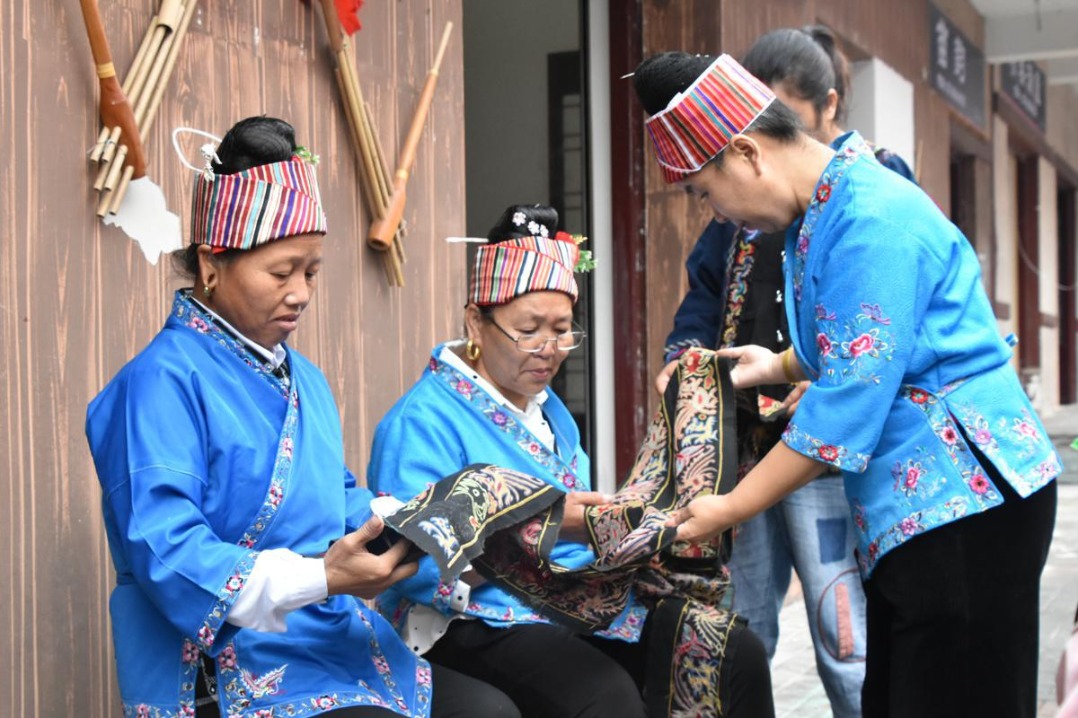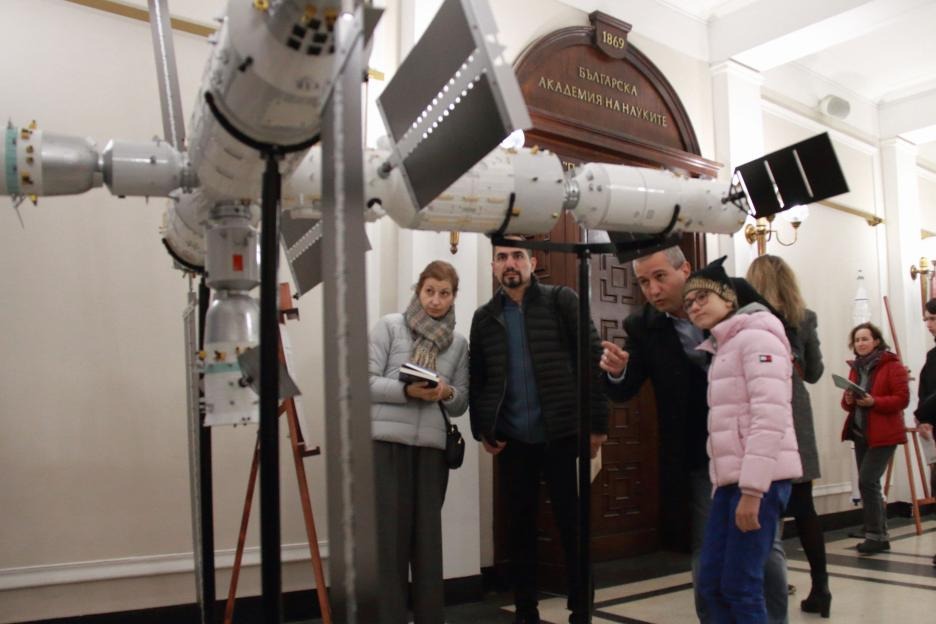Capital submits bid for world heritage status

UNESCO approval would see site gain greater preservation and protection in years to come
Beijing is applying for the city's Central Axis to become a World Heritage Site, with the application text officially submitted to the UNESCO World Heritage Center in January.
The 21 member countries of the World Heritage Committee will decide on whether Beijing's Central Axis can be added to the World Heritage List at the committee's 46th annual conference in 2024.
If the application succeeds, it will reinforce Beijing's top position among cities worldwide by number of World Heritage Sites.
"We filed the application for better protection and development of our historical city," Yu Ping, former deputy head of the Beijing Cultural Heritage Bureau, told China News Weekly. "That is in tune with UNESCO's pursuit of heritage preservation."
The UNESCO World Heritage Site application will improve management and utilization of the Central Axis heritage across the board, tackling the factors that damage or jeopardize its "outstanding universal value" and advancing its sustainable protection and development, China News Weekly quoted Qin Hongling, head of the Humanity School at the Beijing University of Civil Engineering and Architecture, as saying.
The Central Axis stretches 7.8 kilometers from the Bell Tower and Drum Tower in the north of the old city to the Yongding Gate in the south, linking a string of Beijing's signature sites, including ancient China's imperial palaces and parks and ancient sacrificial ceremony buildings.
Dating back to the Yuan Dynasty (1271-1368), the Central Axis, cutting through the core area of the old city of Beijing, has remained the fundamental basis of the national capital's urban planning and development, which has far-reaching influence on the city's architecture and spatial pattern.
More than two-thirds of the historical Central Axis are surrounded with historical and cultural blocks, involving 33 such streets totaling 19.3 square kilometers.
Beijing's unique beauty of design and spatial order arises from the creation of its Central Axis, said the late architect Liang Sicheng.
Taken as the backbone of the city, the axis follows the principles for building ancient capital cities, which were recorded in Zhouli Kaogongji (Rites of Zhou: Records of Construction), one of China's oldest technological books.
The Central Axis is "the physical carrier of the ancient Chinese ritual system, emphasizing well-organized social orders and standing as a creative practice and typical example of traditional Chinese social governance applied to urban planning", according to the UNESCO official website.
A protection management plan for the Central Axis for 2022-35 officially came into force on Jan 28, signaling a new stage of its preservation and protection, according to local officials.
The plan is one of the stipulations required for the UNESCO World Heritage application and will serve as the cornerstone of effective protection and management of its cultural heritage, they said.
The plan specifies the boundaries of the protected areas centering on the Central Axis for the first time, dividing them into a heritage zone and a buffer zone.
The heritage zone, or the core area of the Central Axis, covers 5.9 sq km and comprises 15 elements. Among them are the Bell Tower and Drum Tower, Forbidden City, Imperial Ancestral Temple, Altar of the Land and Grain, and the Temple of Heaven.
The buffer zone surrounding the heritage zone covers a wider area of 45.4 sq km.
The two zones include landmark buildings, historical waters and traditional dwellings. They encompass four districts of Dongcheng, Xicheng, Fengtai and Chaoyang, and involve a permanent population of roughly 840,000.
According to the plan, a cooperation mechanism for heritage protection and management at the national, municipal and district levels will be created, which is also expected to promote the coordination between heritage preservation and urban development.
The plan puts emphasis on a holistic approach to city conservation for the preservation of the Central Axis heritage environment. This will help to realize the multiple goals of optimization of regional functions, improvement to residents' well-being and environmental enhancements, in a bid to achieve the overall protection and revival of the city's old areas.
A comprehensive exhibition center will be built at the Capital Museum, together with thematic exhibition centers and special cultural stations along the route of the axis, according to the plan.
The plan calls for the use of digital technologies for cultural heritage preservation and promotion. Measures in this area include establishing a heritage monitoring system to improve the level of preventive conservation management, creating an information system for heritage archives and conducting research on key issues to deepen understanding of the axis, as well as the old city.
A training program will be devised to train individuals in areas such as heritage conservation, historical research, cultural creativity and information technology.
The plan also includes a number of supportive policies for property owners, local residents, foreign visitors, experts and scholars as well as the public to enhance their participation in heritage conservation.
Lyu Zhou, director of the National Heritage Center at Tsinghua University, said Beijing's Central Axis not only expresses the long-term continuity and development of Chinese civilization but also demonstrates its pluralistic history.
As protection of the historical area has aroused public interest and resulted in a wide range of social participation, Lyu believes the Central Axis has strongly contributed to continuity as well as innovation in Beijing's history and culture.
The Central Axis is taken as living heritage, China National Radio quoted Pang Shujing, an expert on cultural heritage preservation at the Architectural Design and Research Institute of Tsinghua University, as saying.
While it contains traditional planning philosophy about a national city, it still shapes today's holistic urban preservation and development, Pang said.
A heritage site needs to be turned into a dynamic community, where residents can live a better life and their lifestyles can continue, he said.
In pursuit of the sustainable development of a city's old areas, whether to incorporate new urban functions and whether to provide residents there, especially the younger generations, with spaces for employment, life and leisure needs consideration, he said.
"These additions, including new functions and facilities, are of significance and value to the times, which are also part of the Central Axis' connotations."


- Employee sorry for leaking pop star's rehearsal clips
- Environmental initiatives pay dividends for businesses big and small
- Tianjin turns hub for green electricity trade
- Nation makes strides in climate governance
- Parcel deliveries in China surpass 180 billion mark
- Substandard mesh used in HK buildings





































